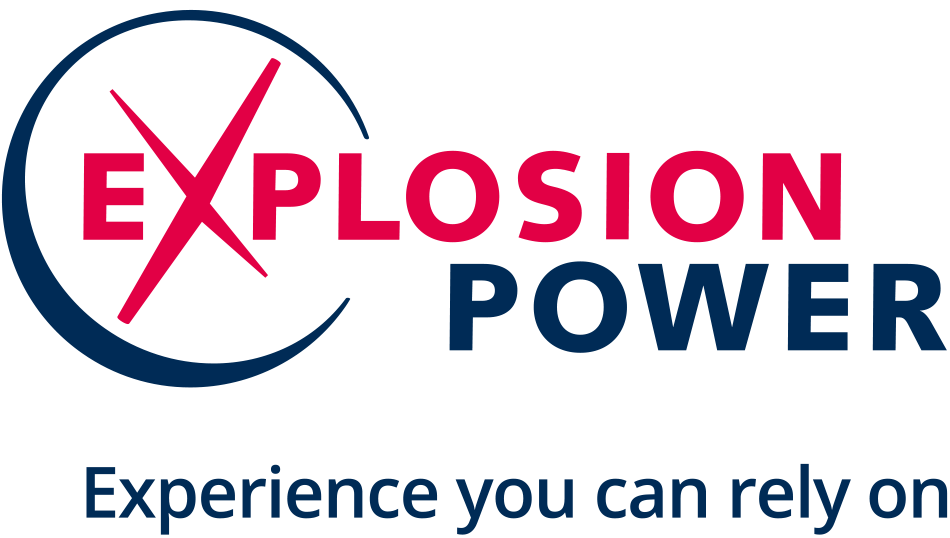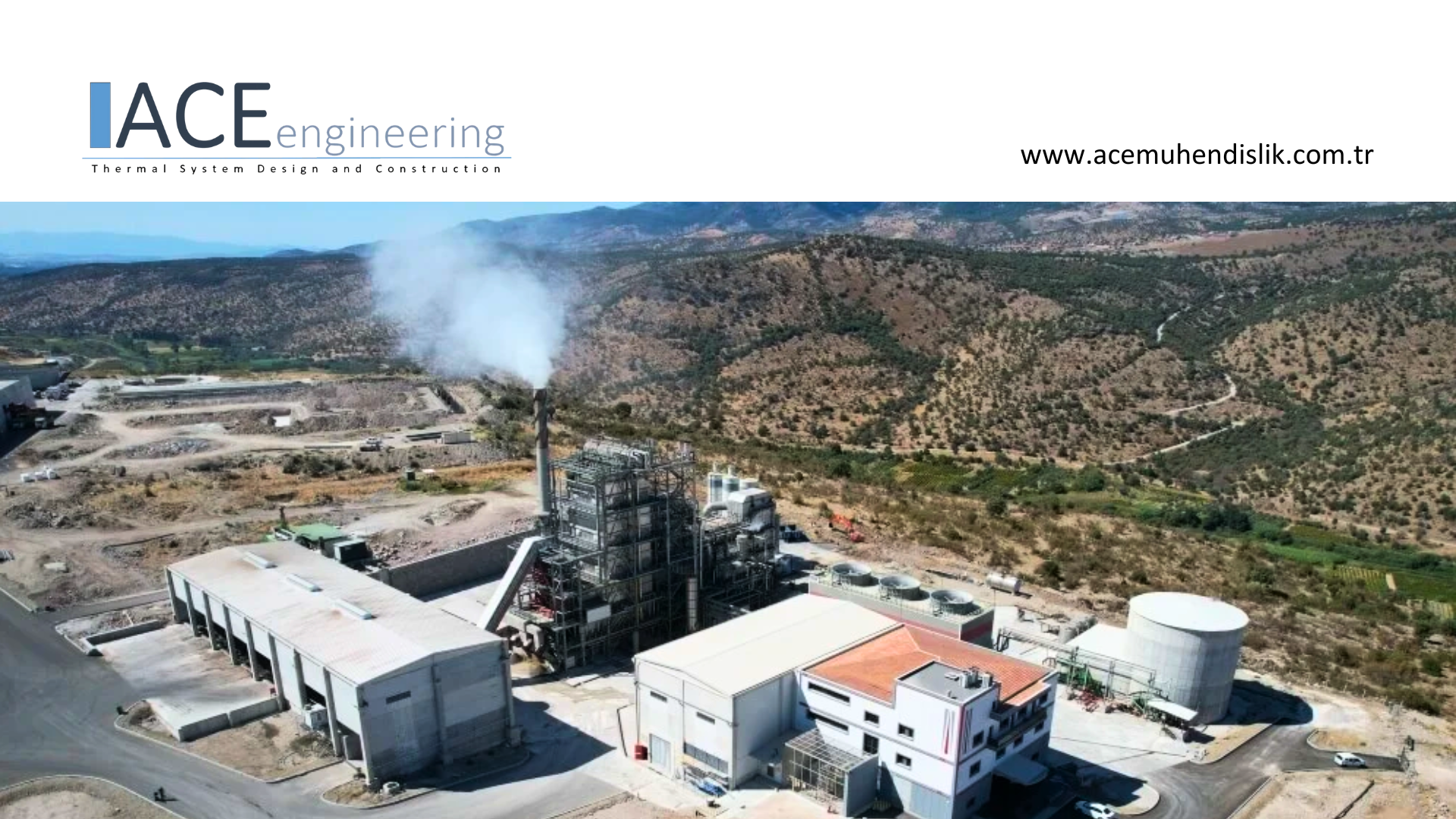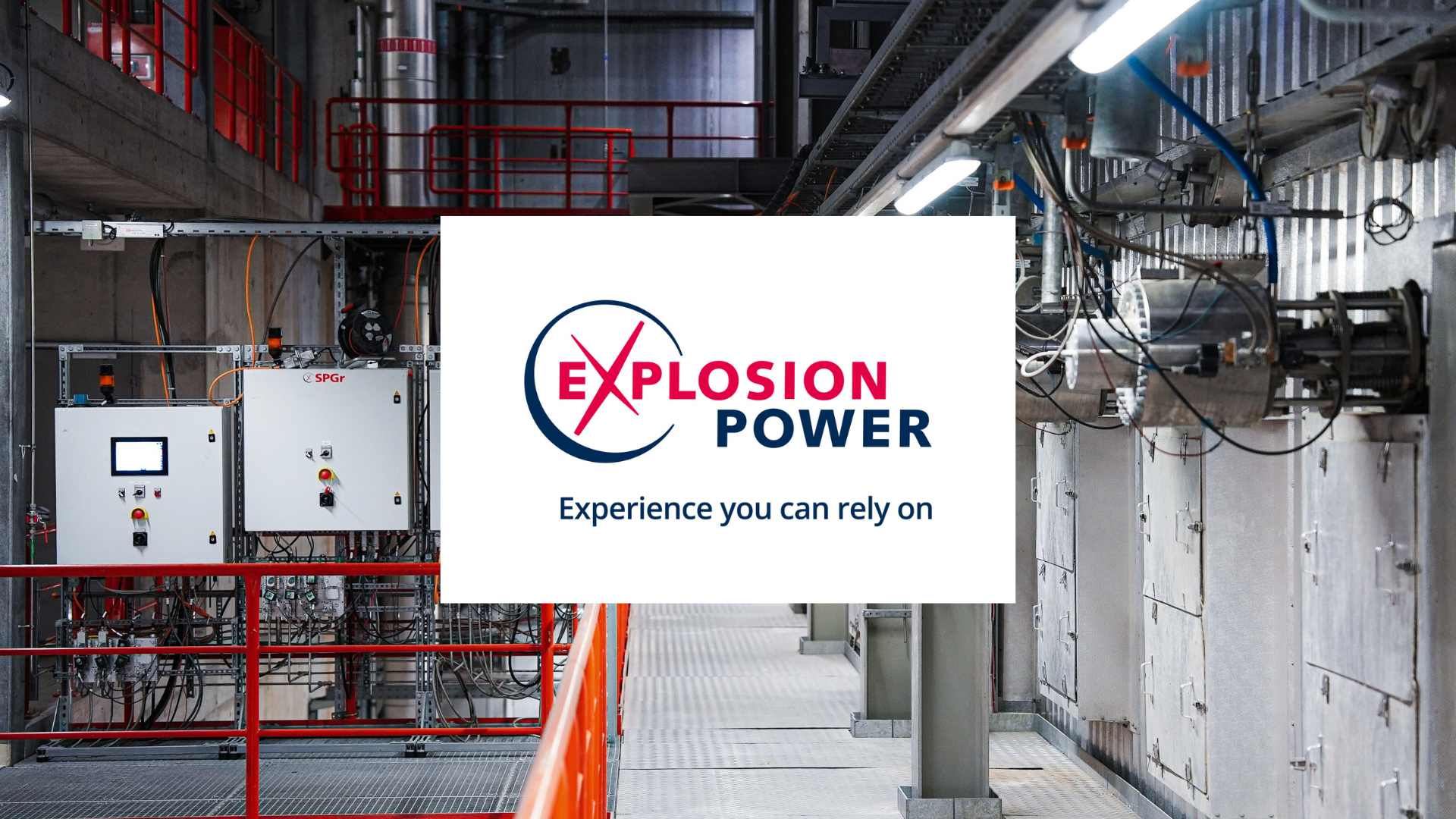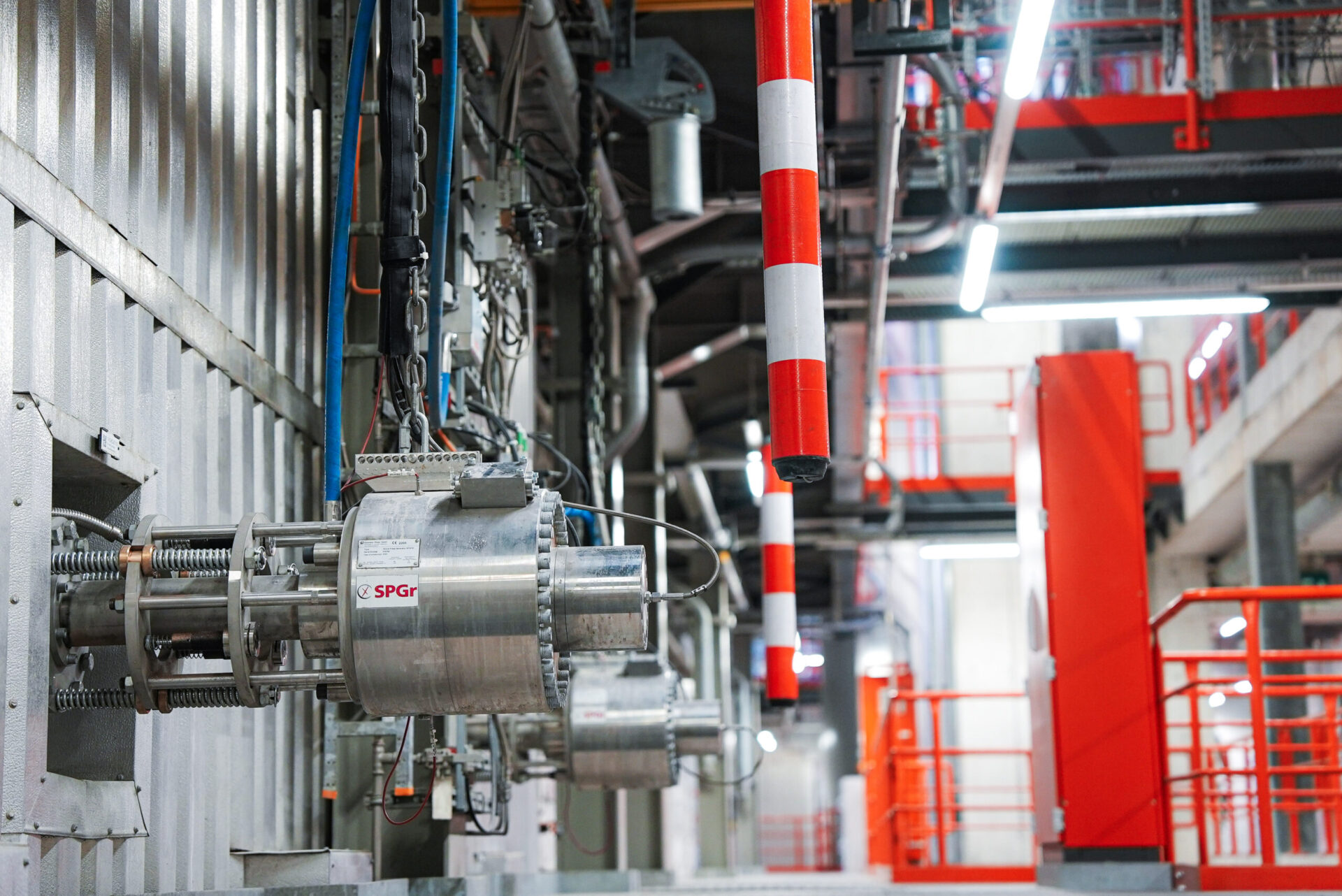The Renergia Zentralschweiz AG waste incineration plant in Perlen enjoys a thoughtful spirit of innovation.
In many respects it is forward-thinking. With this in mind, attention was paid to boiler cleaning as early as the planning phase for cleaning the vertical passes by means of the Shock Pulse Generators. Based on the good experiences, it was finally decided to upgrade the entire plant with the latest development of this technology.
The concept of heat utilization
The Renergia Zentralschweiz AG waste incineration plant was commissioned in February 2015. The plant with two parallel process lines was designed for 58 t/h of steam per line with the parameters 410°C/41 bar. The steam produced is used to generate electricity and at the same time to supply the Perlen paper mill with process steam and further to supply district heating by means of low-pressure steam. Approximately 3,000 households are currently connected to the system, and the number of consumers is rising rapidly. To cover the district heating demand and to balance the heat deliveries, a 5’000 m3 pressurised hot water storage (400 MWh) was realised in the winter season 2022/23.
After the establishment of orderly operations, the steam output was increased to between 60 and 63 t/h and maintained until the end of 2020.
From January 2021, the steam output was increased to 70 t/h per line and has been maintained constantly since then.
The 4-pass boiler consists of 3 vertical empty passes and one convective horizontal pass. From the beginning, the vertical passes were cleaned by means of the EG series shock pulse generator and the horizontal pass by means of pneumatic rapping units. Great importance is attached to constant steam production and maintaining a maximum flue gas temperature of 630°C before the last superheater (SH3).
Renergia has always had good experience with Shock Pulse Generators
The EG10L Shock Pulse Generators originally installed in the empty passes, were operated with a mixture of natural gas and pure oxygen at a Shock Pulse (SP) rate of 15 SP/day. The total of 6 SPGs, as 3 per incineration line, performed well. An earlier blog, «Excellent Operating Experience with the Shock Pulse Generators (SPG) in Perlen», published on the Explosion Power website lists the operating experience at that time.
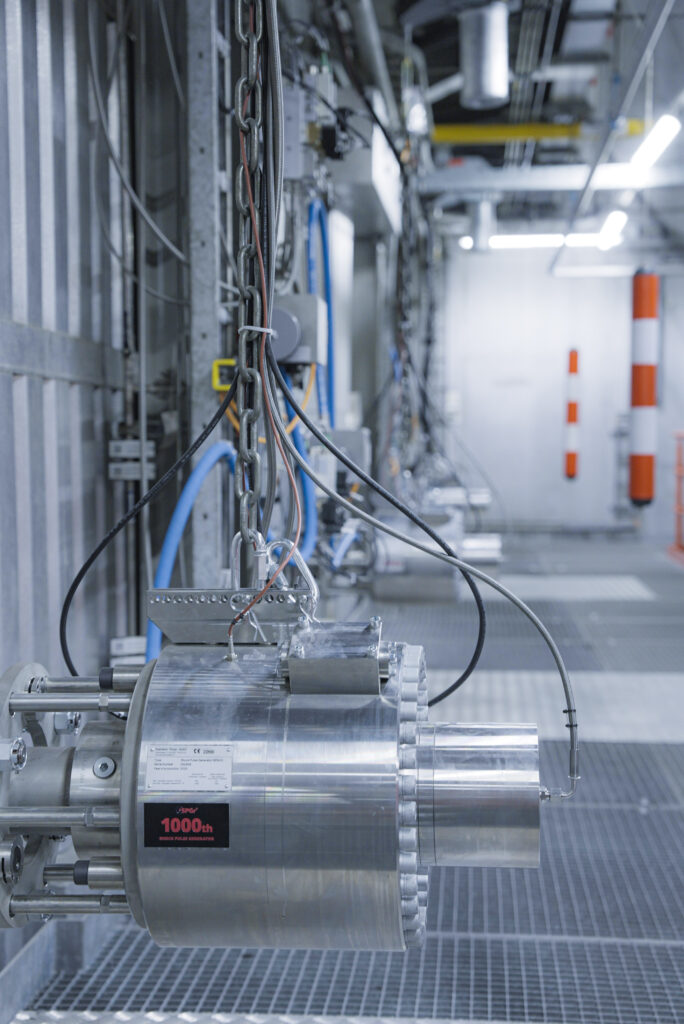
The operator decided to continue working closely with Explosion Power GmbH – which currently has more than 1,000 units installed worldwide – to optimize boiler cleaning with an automated system of the latest generation.
The horizontal pass also requires maintenance
The pneumatic rapping units in the horizontal pass were not able to keep the bundles of the evaporator and the superheaters clean enough in the long term, and manual blasting was required every few months. The intervals became shorter and shorter. In addition, damage occurred to the rapper bottoms of the superheaters.
In August 2021, 3 SPGr10s per line were installed in the horizontal train, namely, after VD1, after SH3 and after SH2. The SPGr series introduced in 2020, which is operated with compressed air instead of oxygen, has several advantages. On the one hand, no oxygen is required, as an associated air compressor supplies the small amounts of air needed for the stoichiometric combustion of a few grams of natural gas per shock pulse. On the other hand, the SPGr series requires less maintenance and the SPGr are also adjustable over a wider range than the earlier EG series.
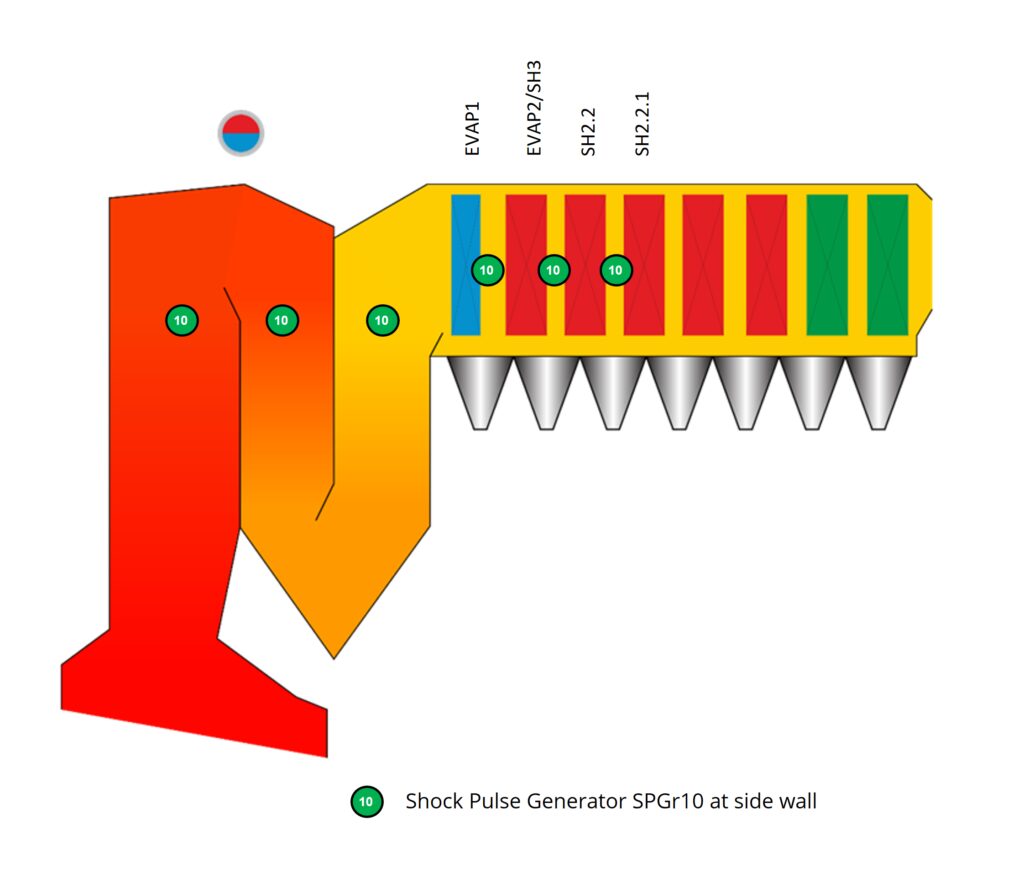
Graphic of the 4-pass boiler showing the position of the SPGr installed at the side wall of the horizontal pass boiler and in the vertical passes (Graphic: Explosion Power GmbH).
The satisfaction continues
The cooperation has proven its worth. Steam production follows a straight line at a constant 70 t/h per line. The longer lasting flue gas temperatures before the last superheater never move above 630°C and tend to be around 615°C. Since the commissioning of the SPGr, the heat exchanger bundles are clean throughout the boiler travel time. The intensity of the pneumatic rapping in this part could be reduced. The rapping intensity in the rest of the horizontal section has remained unchanged. The shock pulses – which last only a few milliseconds – are generated one after the other, about twice per hour. No damage has ever occurred that could be attributed to the effect of the SPG. Likewise, there are no negative effects on the economizers or their dust removal.
The operating results can be seen in the trend graph. From the many parameters, only the flue gas temperatures before the evaporator and before the final superheater as well as the respective sequential activations of the shock pulses in the horizontal pass were recorded. However, only the 1-day trend could be displayed in read-optimized form.
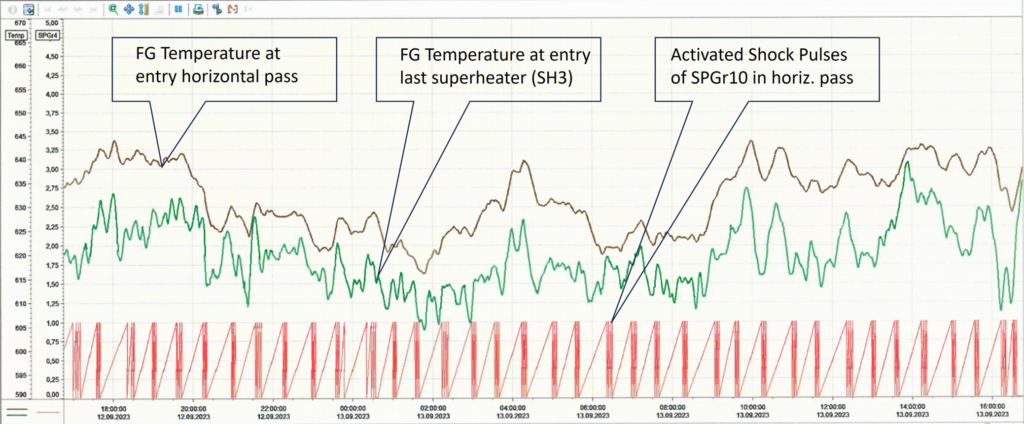
1-day trend of flue gas temperatures in the horizontal pass with activation of the SPGr at constant steam production of 70 t/h (Graphic: Renergia).
After having had only positive experiences with the SPGr, the operator decided to replace the originally installed shock pulse generators of the EG series in the vertical passes with the modern SPGr10. He enjoys the better adjustment possibilities and the overall extended and simplified maintenance intervals, which are now only due after 7,000 shock pulses.
The system is now equipped with a total of 12 SPGr – of the same type. All functions are activated automatically and steam production remains at a constant level throughout the entire operating time. Experience so far promises a travel time without manual cleaning of 2 years. However, this can only be proven in 2024.
Markus Benz, Head of Mechanical Maintenance and Logistics, sums it up as follows:
«The SPGr are reliable, easy to operate and cost-effective».
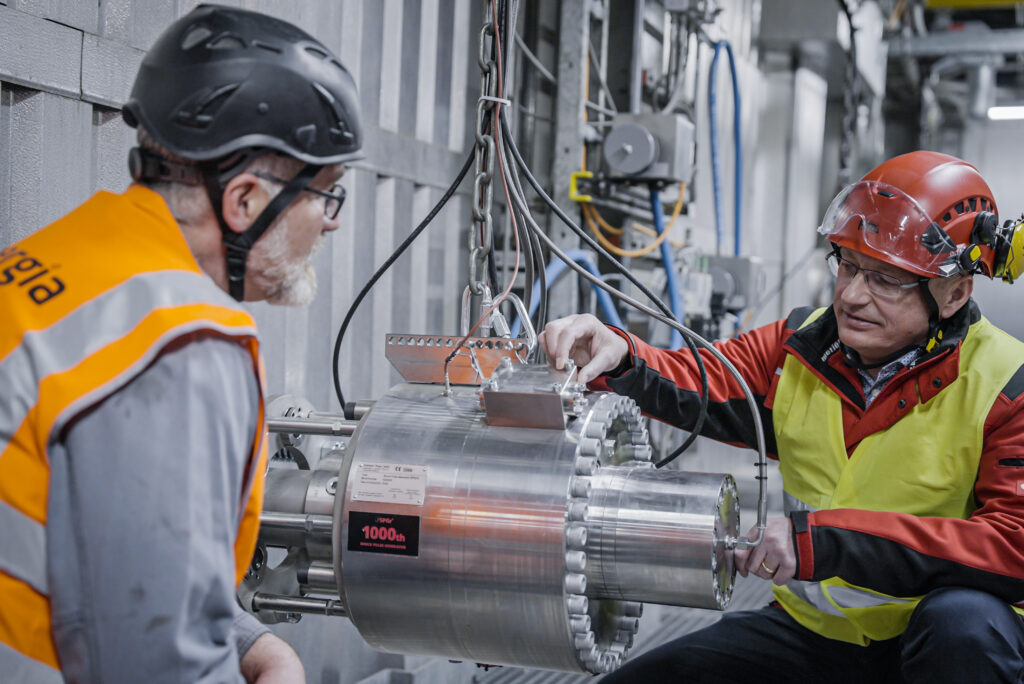
Ceremonial commissioning of the 1000th SPG (Photo: Explosion Power GmbH)
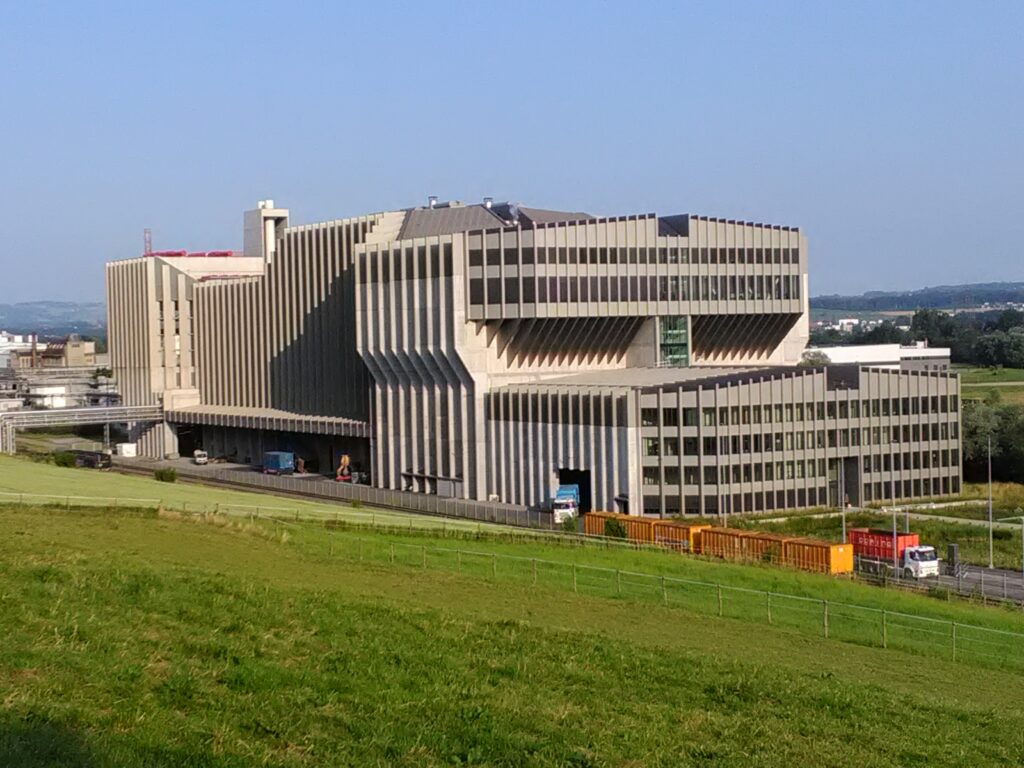
Photo of the plant Renergia AG (Photo: Renergia)
